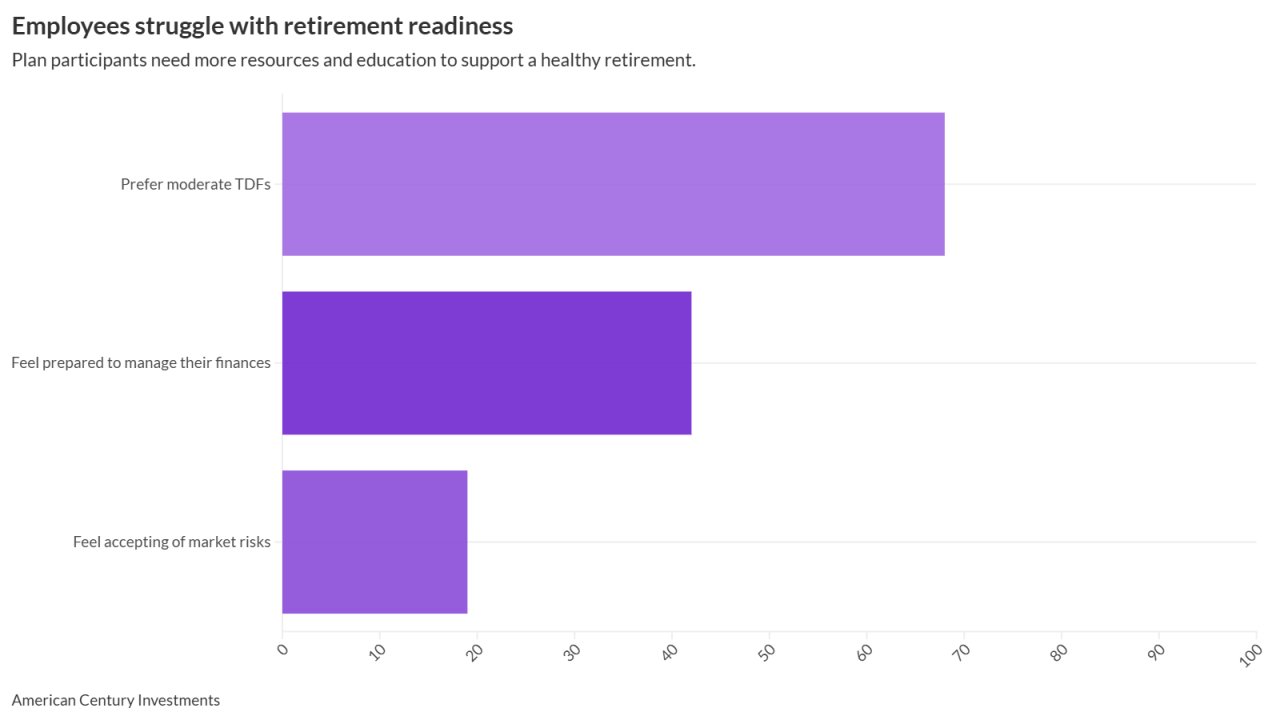Despite impressive progress over the last few decades, women still experience
Facing
Labor is one area where solving for inefficiency also requires solving for inequity. Common hourly labor headaches like call-outs and no-shows can result from the unique challenges women face, such as conflicts with child care responsibilities and
The World Economic Forum predicts that frontline work will be the
Read more:
Removing bias in scheduling
In hourly workplaces that employ outdated manual scheduling processes, a manager's personal opinions and biases can have an outsized influence on how many shifts employees work each week — and, therefore, how much money they make. A manager who holds a bias against women, whether intentional or implicit, may schedule them less frequently, holding them back from progressing in their career while depressing their weekly wages.
Automated scheduling, on the contrary, mitigates potential bias by removing managers' personal feelings from the equation. Schedules are generated based on a specific set of strategic business parameters, including projected demand, employee availability and schedule preferences and compliance mandates.
AI scheduling systems are becoming increasingly sophisticated in the variables they can account for, as well. Skill-based scheduling, for example, helps to ensure that women's skills don't go overlooked as a result of manager or coworker bias. Every shift, they're assigned to tasks and roles they perform best.
Fortunately, organizations are enthusiastic about these solutions: 55% of managers would be interested in using an AI-powered scheduling system, according to a new survey from Legion.
Read more:
Creating solutions for flexibility
Women still bear the majority of the burden of
For many women, paying for caregiving assistance is not an option. With child care expenses
To make the hourly workplace more equitable for women, businesses must create more opportunities for flexibility.
This is another area where automated scheduling promotes employee well-being by:
- Making it more likely for employees to work their preferred hours
- Preventing back-to-back 'clopening' shifts that lead to stress and burnout
- Giving employees flexibility across business locations, so they can save time and commute costs
- Allowing for real-time adjustments and easy shift-swapping
The self-service element of automated scheduling reduces potential friction associated with time-off requests, so women feel more empowered to take advantage of the flexibility offered to them. Ideally, all employees should be able to independently submit time off requests, update their availability and request shift swaps on their own time. This prevents employees from having to go through a manager, so schedule updates can happen more quickly, and both employees and managers save valuable time.
Read more:
Combatting pay inequity with better pay processes
As the gender pay gap persists, employers of hourly workers have a call to action to address pay inequity at the wage level. But they must also look beyond wages and reexamine the
EWA has also been shown to make workers more productive overall —
Beyond benefits like EWA, generally improving payroll processes can address some of the manifestations of inequality in the workplace. Late paychecks, unpaid wages, and wage theft — even if accidental — are unacceptable. Wage theft, in particular, has historically impacted
Read more:
Eliminating the distraction factor
Experiencing inequality at work takes up a significant amount of energy and brain space — not to mention it can have serious impacts on women's
In an hourly workplace, especially in today's economically strained environment, every minute of a shift counts. If women are spending that time dealing with a manager who is biased against them, fending off harassment, and worrying about their work schedule conflicting with child care responsibilities, they're not contributing productively or growing professionally. Creating a more equitable workplace for women allows them to actually focus on their job, increasing morale and productivity.
The fluid nature of the hourly work model can contribute to inequality, but it can also make the workplace more malleable, opening new opportunities for improved flexibility and professional growth — not just for women, but for everyone.





